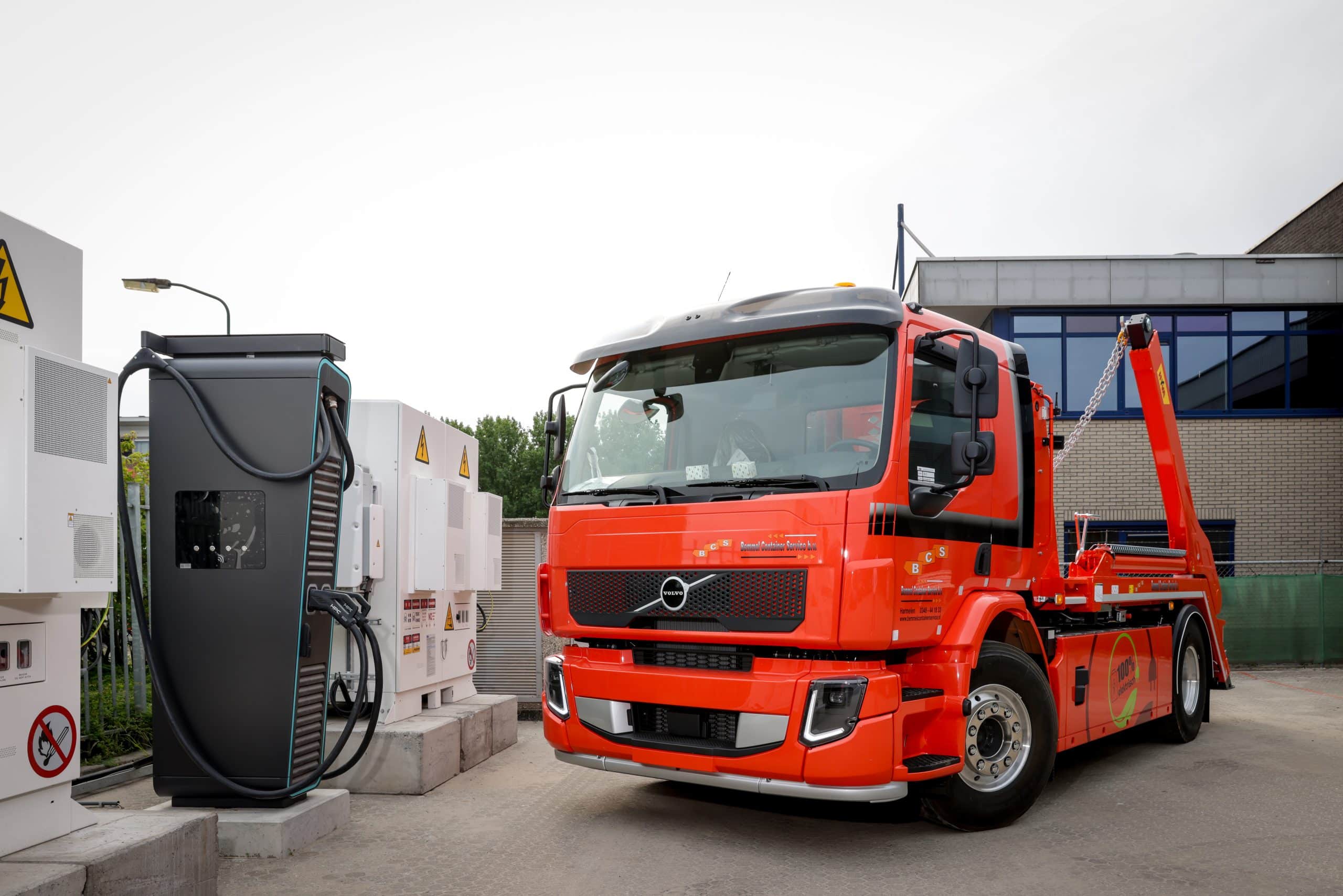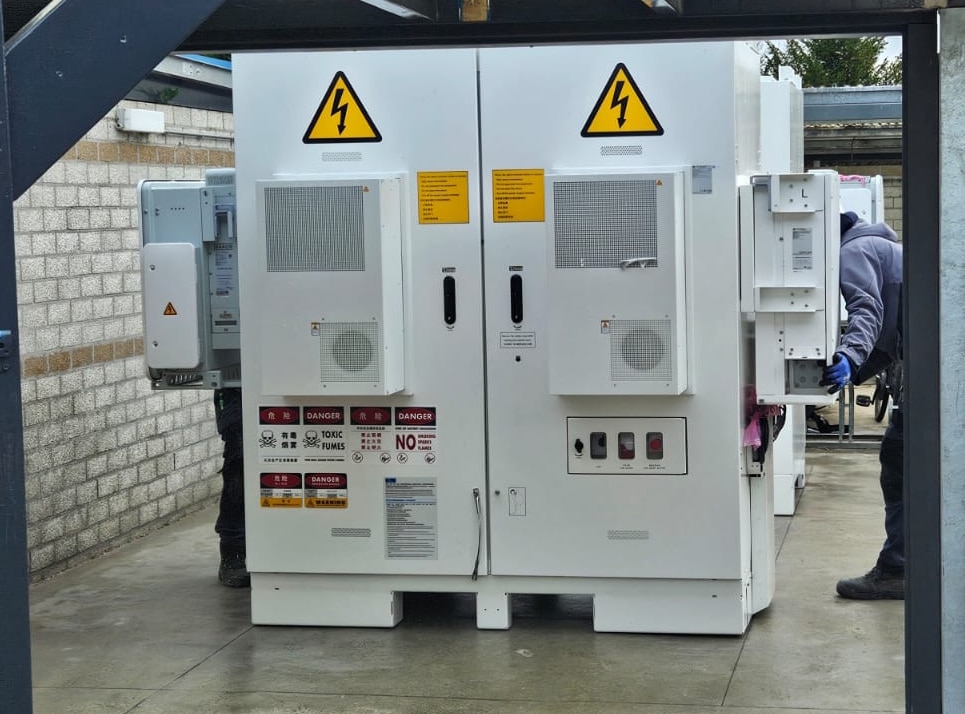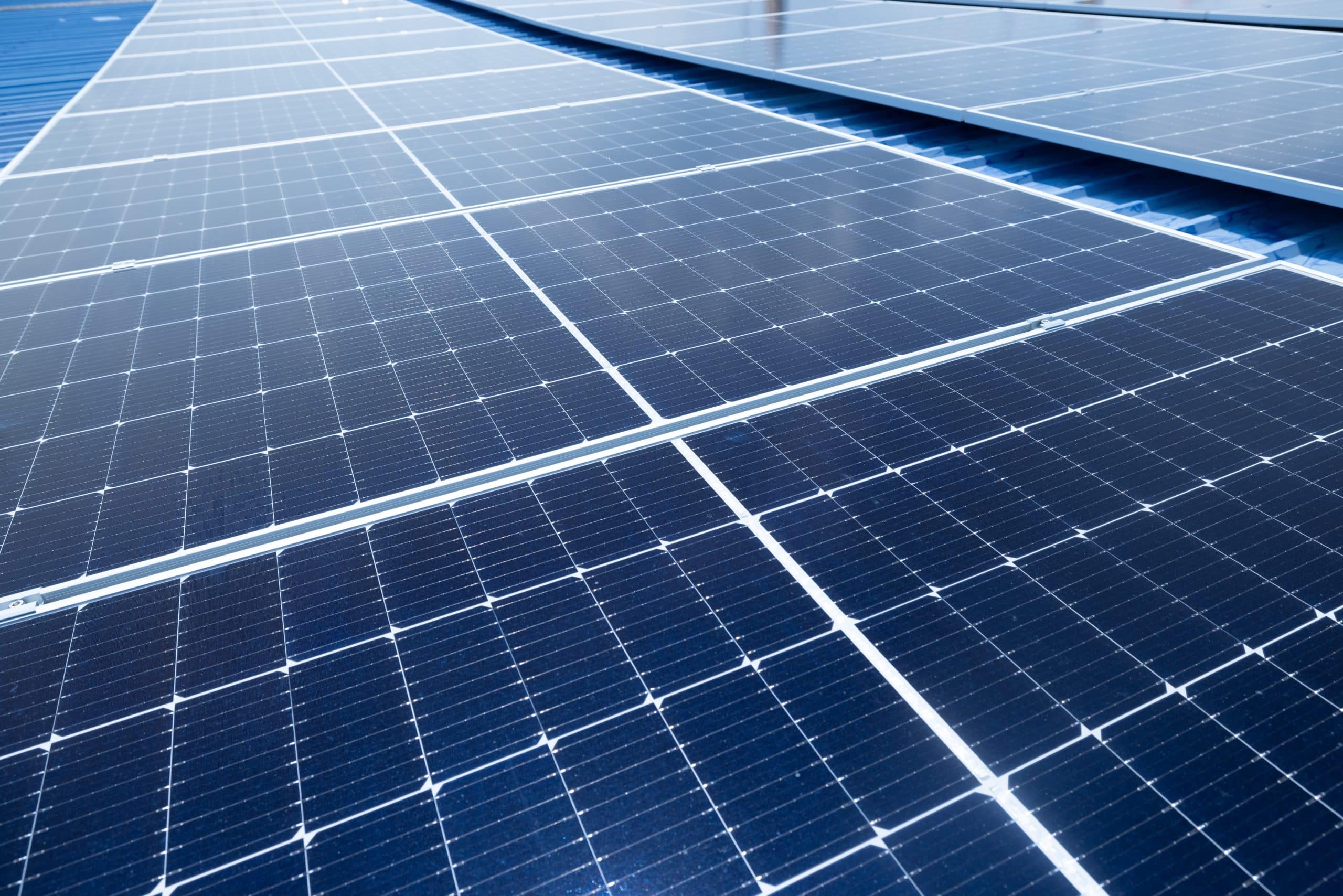50 per cent grid connection mandatory in SDE++ : 'another complication added for the business case'
'The continuation of more and more SDE++ projects is under serious pressure due to increased costs,' said Cees van de Werken of ProfiNRG. 'The requirement of 50 per cent grid connection means an additional challenge.'
In the next SDE++ round, only solar power projects connected at 50 per cent of peak capacity will be honoured. This mandatory capping obviously stems from grid capacity problems in the Netherlands. But what does this mean for the business cases of these projects? Cees van de Werken, founder and co-owner of epc-contractor ProfiNRG, points out that these are under serious pressure anyway.
On hold
'The basic subsidy amounts have steadily declined in recent years. Solar panel prices have risen sharply, by as much as 10 cents per watt peak. Other materials such as cables, mounting systems and subcontractor services have also become substantially more expensive. Project prices have risen 25 to 30 per cent as a result. The consequence is that projects are increasingly difficult to make ends meet; this is the big problem in our current market. Many projects are being put on hold or cancelled. Others are going ahead in the hope that power prices will remain as high as they are now.'
Who dares?
With current electricity prices, there is a lot of money to be made in the short term from a large-scale PV installation on a roof or field. However, Van de Werken stresses that this is not a basis for a large investment that should pay off for a 30-year period.
Van de Werken: 'Nobody knows what electricity prices will do in the future. There are wonderful thick reports being written about it by experts; the consensus seems to be that it will not stay that way, that the price will go down again. But nobody knows when and how much. With the increase in pv generation capacity, there will be more frequent periods of low power prices. I have yet to see parties signing 15-year power purchase agreements (ppa's) at 25 to 30 per cent higher prices than 2 years ago, even though that would be the minimum necessary to keep projects afloat. Therefore, more and more investors are stalling. In addition, a second effect is looming. Developers are paying more and more attention to added value, such as increasing biodiversity and environmental participation. If the margins become smaller and the risks greater, it is not surprising if these things are compromised, even when tenders have already been won for them.
Quick maths
Van de Werken calls the requirement for 50 per cent grid connection in the 2022 SDE++ an additional complication. The basic amounts have been increased to compensate for the loss of capping; he has no doubts about the model used by the experts at RVO in doing so. However, a quick calculation shows that even here the flush in terms of costs and benefits is thin. Suppose you put twice as many watt peak solar panels on a flat roof, in an east-west orientation at an angle of 10 degrees. Then, according to Van de Werken, one roughly ends up with a clipping loss of 6 per cent. One saves on the grid connection. In principle, that should just about do the trick in terms of profitability.
Complications
'If you do this in a south-facing arrangement on a 12-degree roof with an average row spacing,' Van de Werken calculates, 'you quickly end up with a clipping loss of 9 per cent. In this case, you're talking about a real challenge. You can't lay this kind of system everywhere. You have to start looking for places where you can include your own consumption in the size of the grid connection, for instance. It could also be a reason to go with battery storage, although that again brings its own complications. From a congestion perspective, the new requirement in the SDE++ is of course logical. But also remember that even now developers are capping PV systems because grid capacity is insufficient and they are always looking for maximum return on their investment. Incidentally, I see a second new and recent requirement in the SDE++ that may well have a major impact on the submission and awarding of projects: the mandatory roof construction survey. Getting that done correctly not only costs a lot of money, it also takes a lot of time to organise. Registration for the next round closes in a month already...'
Source: SolarMagazine



